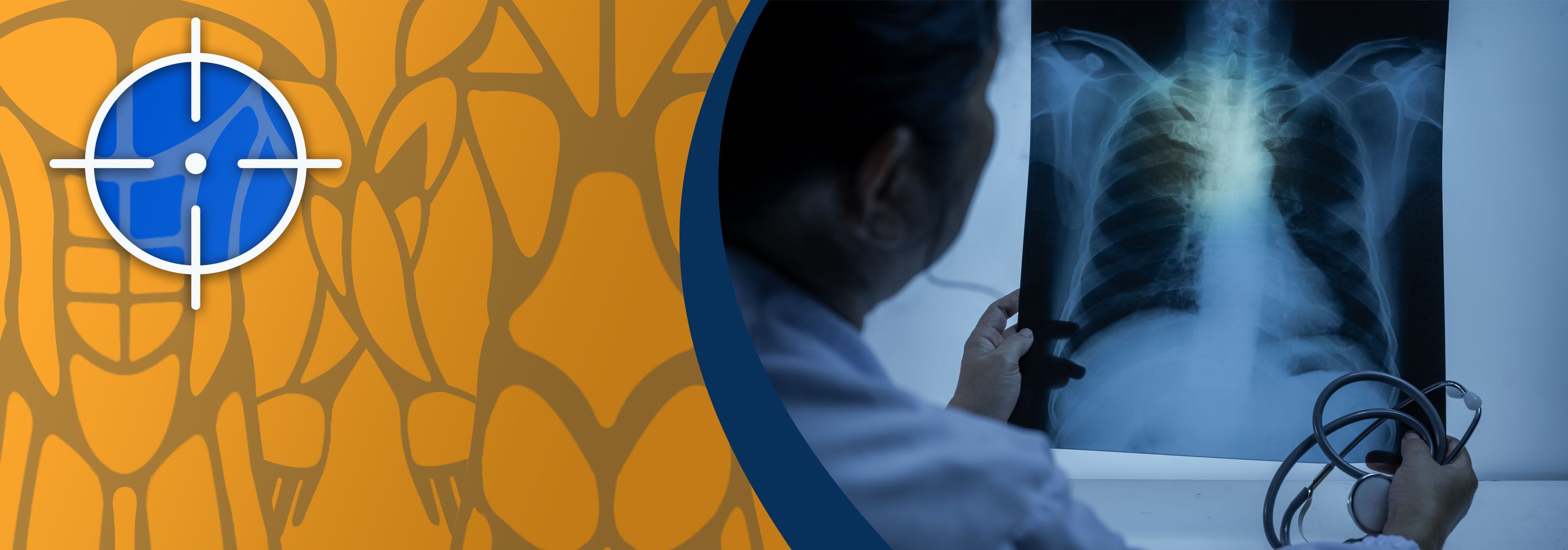Have I broken or bruised my rib? This is usually due to a fall or accident. In a bruised rib, the tissue around a rib is damaged, while in a broken rib, there is a crack in the rib. Both are usually harmless. In this blog, we provide additional information to determine whether a rib is broken or bruised.
The cause of a broken or bruised rib
Bruises and fractures of the ribs are common. They are usually caused by bumps or blows to the chest, a fall on the chest and in accidents. In trauma to the chest, damage occurs without external damage. Bruising then occurs from under the skin, the subcutaneous fatty tissue and the intercostal ribs. There are bruised ribs in this case. If the force has been such that the ribs break, it is called broken ribs.

Symptoms of a bruised rib
The most common symptoms of bruised ribs are:
- Pain when coughing
- Pain at the site of injury
- Pain when breathing and breathing deeply
- Bruising
- Shallow breathing
- Pain when moving the chest, such as turning, lying down or walking
The symptoms of a broken rib
The most common symptoms of broken ribs are:
- Pain at the site of injury
- Pain when coughing
- Bruising
- Shortness of breath
- (Sharp) pain when breathing and deep breathing
- Shallow breathing
- A visible deformation in the course of the rib
- Sometimes inflation of air under the skin
- Pain with chest movements, such as turning, lying down or walking

Treatment
In almost all cases, the rib heals on its own. In the case of severe pain, tightness of the chest or if lung injury is suspected, hospitalisation follows. Good pain relief supplemented by breathing exercises is important here. A physiotherapist will guide you in this. Breathing well and maintaining exercise are essential. The pain may persist for some time. You may still feel this 6 to 12 weeks after the accident. Wearing a rib brace can provide support and reduce the symptoms.







